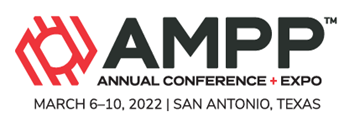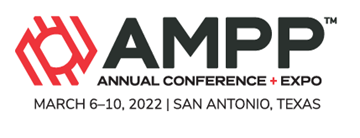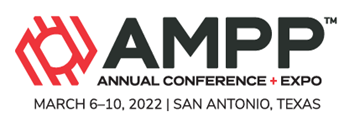Search
Corrosion Inhibitors In O&G Industry: A Review Of Current Application Challenges And Research Gaps
Also Purchased
Corrosion Inhibitor Encapsulation For Enhanced Chemical Efficiency And Performance
Product Number:
51322-17548-SG
Publication Date:
2022
$20.00
Corrosion Inhibitors Use: Case Study For Guinea Gulf Assets Application
Product Number:
51322-17663-SG
Publication Date:
2022
$20.00
Corrosion Inhibitor Surfactant Optimization: Part 1 - Inhibitor Efficiency Approach
Product Number:
51322-18043-SG
Publication Date:
2022
$20.00




